Tag: 09 Biographies
-
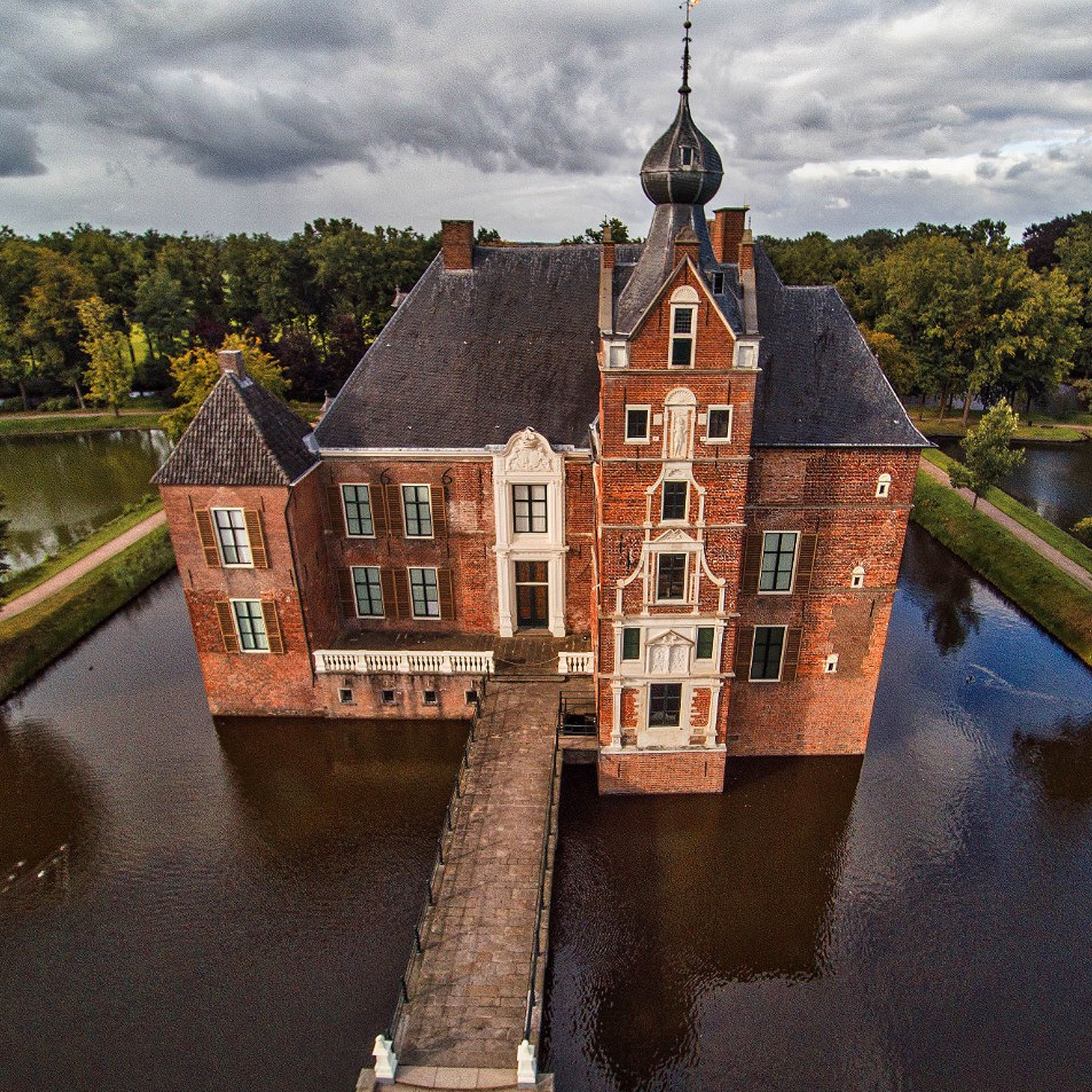
Maarten van Rossum and the Kasteel De Cannenburch
In the decades before the Eighty Years War (or Tachtigjarige Oorlog) that severed the Low Countries into a republican Dutch north and a Habsburg royalist south, another war raged. One largely forgotten about. The Habsburg dynasty was ascending. Charles V – not just king of Spain and Holy Roman Emperor, but also local boy and…
-
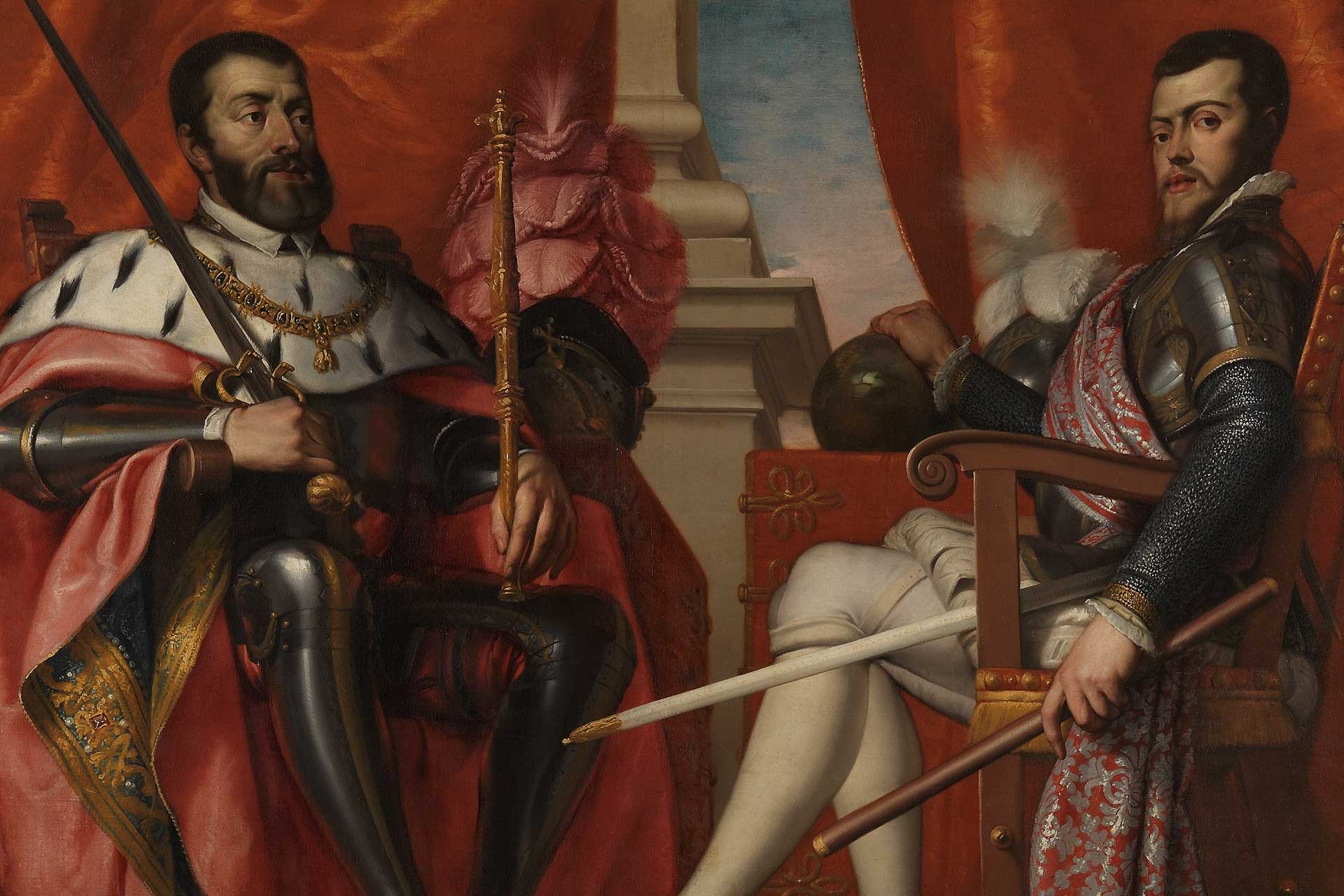
The Spanish Habsburgs & Their Governors
Holy Roman Emperor Charles V united the Low Countries under his personal rule and eventually abdicated in favor of his son Philip in 1555. From that point on, a revolving cast of Habsburg family members and close retainers would govern the Low Countries as the region descended into revolt and open war.
-
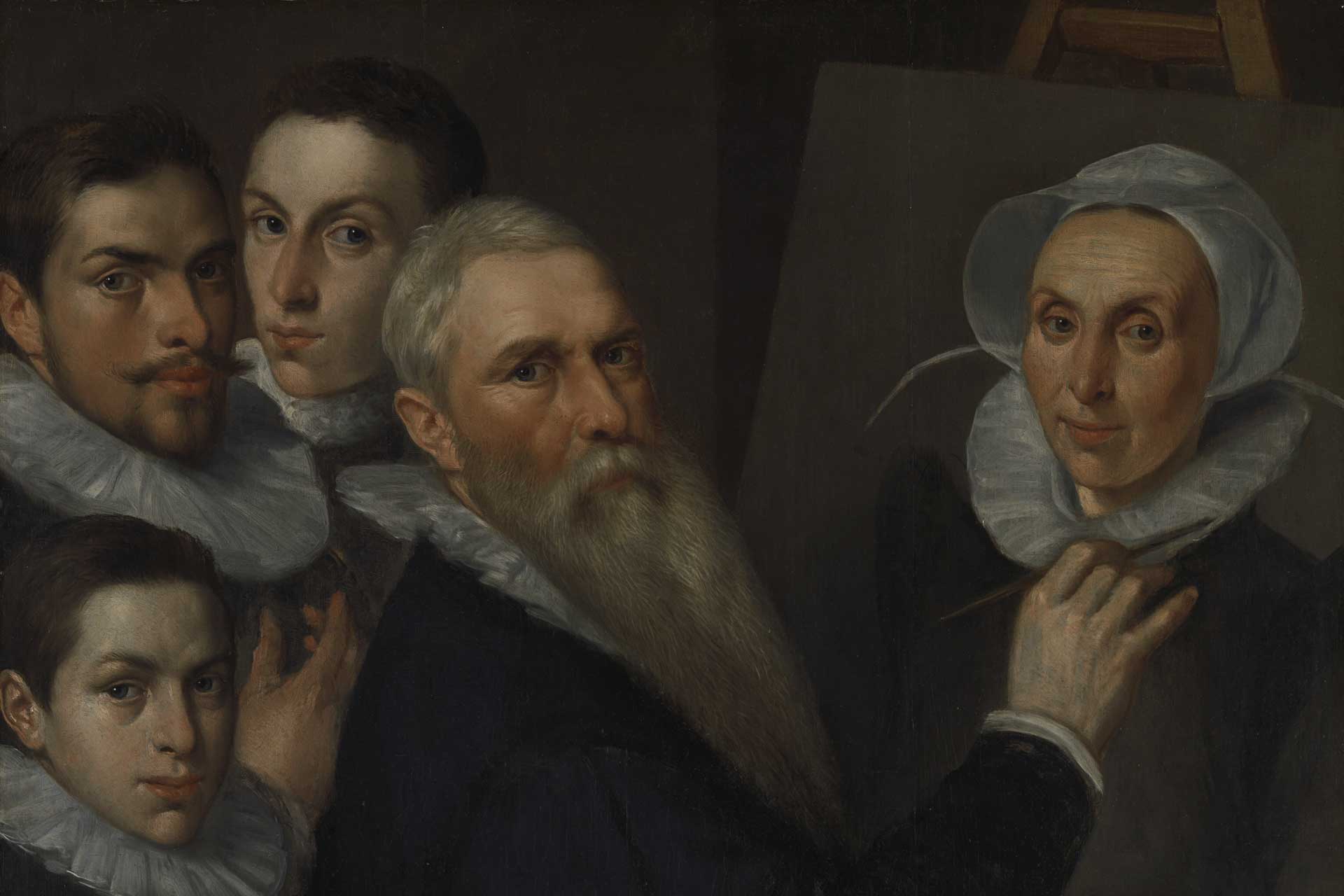
Artists, Scholars, & Cultural Figures of the Renaissance Netherlands
Though the ongoing conflict of the Dutch Revolt disrupted lives and ravaged both the urban center and rural countryside, the lively spirits of Renaissance creativity and Humanist scholarship remained present across the Low Countries.
-
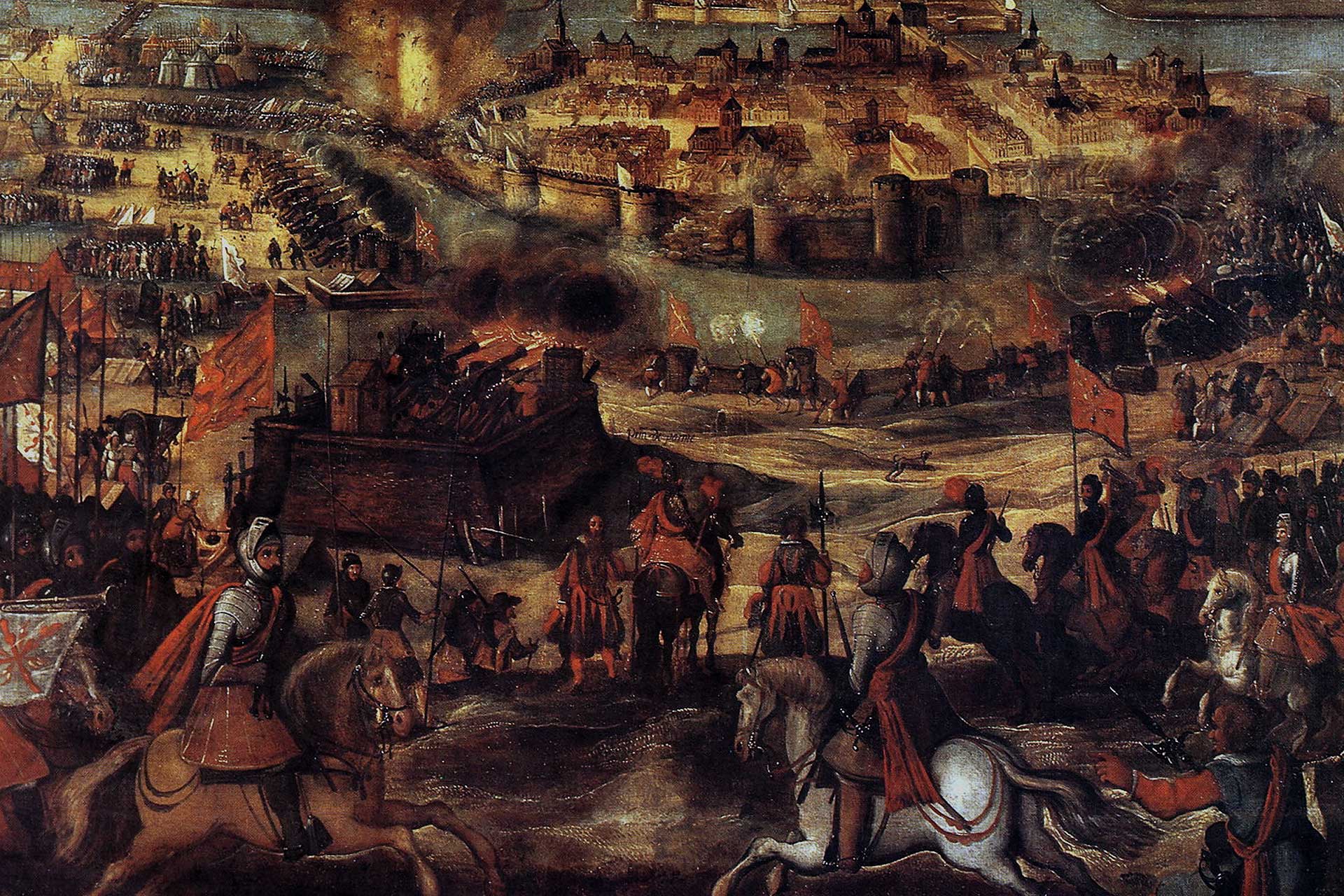
Malcontents & Royalists
The Dutch Revolt was not nearly as much an invasion by the Habsburgs as it was at first a civil war between Royalists and a small set of independently-minded provinces and cities. Among those Royalists were the “Malcontents” – former rebels whose Catholic faith brought them back to the king when the Calvinist faction rose…
-
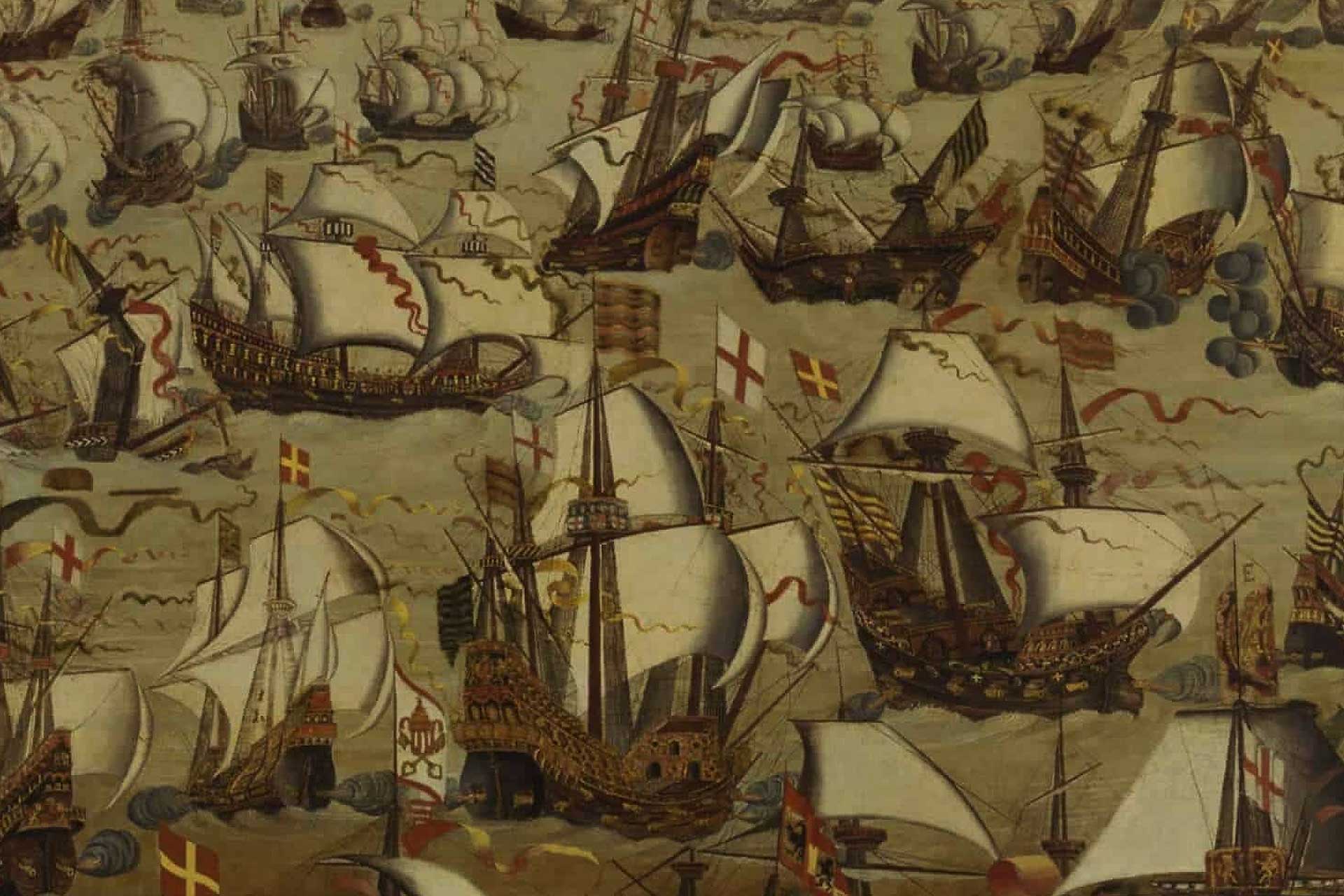
Protestant Allies of the Dutch
The Dutch rebels were able to keep up the fight against the Habsburgs and Royalists in large part due to international support from other Protestant (and moderate Catholic) powers, including the towering historical presence of Elizabeth I of England.
-
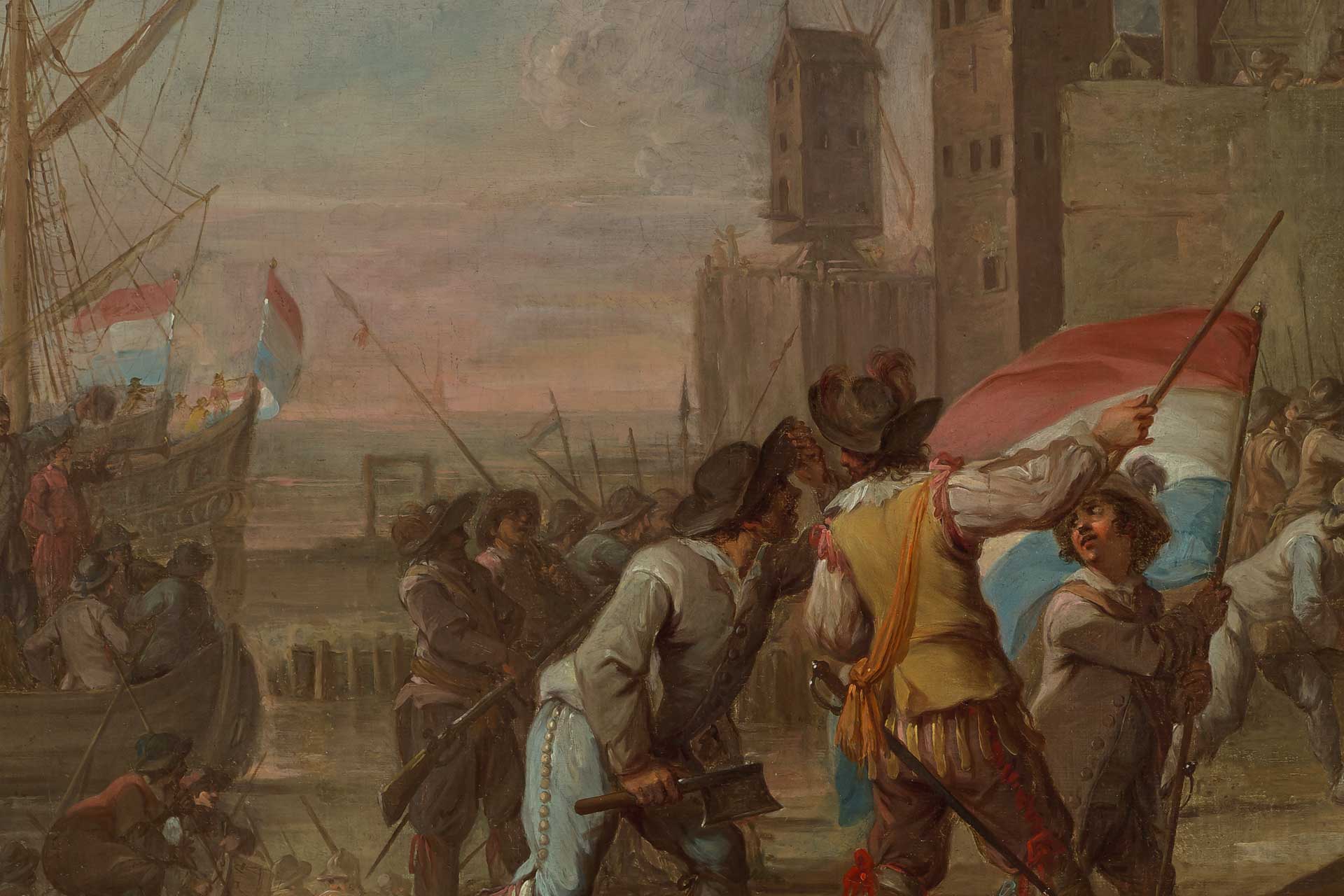
Rebel Geuzen & Dutch Statesmen
“Do not be troubled, my Lady! These are just a bunch of… beggars.” The epithet of geuzen (Dutch for “beggar”) was first hurled at noblemen protesting the policies of Philip II, but it quickly became a patriotic, highly political point of pride for the rebels who would fight to form the early Dutch Republic.
-
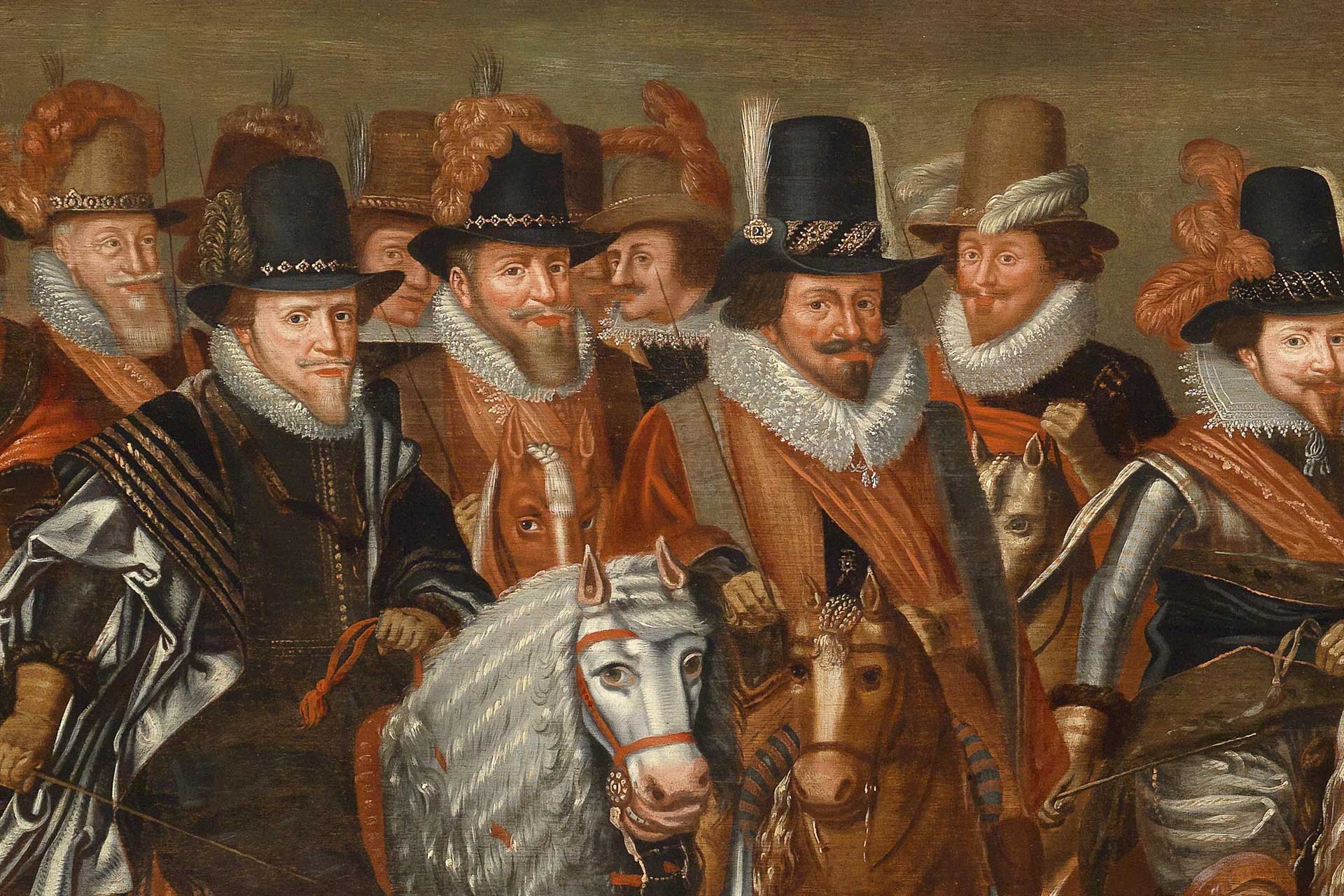
The House of Orange-Nassau
Originally a German noble family with holdings in the Low Countries, the Nassaus rose to singular prominence and influence through the actions of William “the Silent” and his brothers – of whom four out of the five would be killed in the first decades of the Dutch Revolt.